Most people have experienced it — pulling out a piece of bread with a faint green patch, an apple with a dark spot, or a forgotten container of leftovers that’s been sitting in the fridge a few days too long. The common reaction is often to scrape off the visible mold, trim the edges, and use the rest. However, experts warn that this everyday habit could expose us to dangerous toxins that the naked eye cannot see. Moldy or spoiled food is more than unappetizing — it can be a real threat to human health.
What Happens When Food Goes Bad
Mold is a type of fungus that grows from microscopic spores found everywhere in the air. When these spores land on moist, nutrient-rich surfaces, they begin to grow and spread. The colorful fuzzy patches on spoiled food are actually colonies of these fungi, and beneath the surface, they extend deep, thread-like structures known as hyphae.
While some molds are harmless — and even beneficial, like those used to make blue cheese or soy sauce — many produce harmful compounds known as mycotoxins. These toxins can survive cooking and freezing, and even small amounts may pose risks when consumed regularly over time.
The Invisible Toxins: Mycotoxins and Their Risks
Mycotoxins are toxic chemicals that molds produce as part of their natural defense. The most notorious among them are aflatoxins, ochratoxin A, and patulin, all of which have been linked to severe health effects:
- Aflatoxins, produced by the Aspergillus species often found on grains, nuts, and legumes, are known carcinogens that can damage the liver and potentially cause cancer.
- Ochratoxin A, found on stored cereals, dried fruits, coffee, and wine, can harm the kidneys and weaken the immune system.
- Patulin, typically found in moldy apples and apple products, can cause nausea, ulcers, and long-term immune suppression.
Even though these molds may appear only on a small section of food, their toxins can spread far beyond the visible growth. That’s why experts emphasize that simply cutting away the moldy part doesn’t eliminate the danger.
Spoiled Food Beyond Mold: Bacteria and Toxins
Not all foodborne hazards come from mold. Bacterial contamination also plays a major role in food spoilage and can lead to severe illness. When food is stored improperly — such as at room temperature for too long or in warm, humid conditions — bacteria like Salmonella, Listeria, and Clostridium botulinum can multiply rapidly.
- Botulism, caused by Clostridium botulinum, is one of the most dangerous foodborne illnesses. Its toxin attacks the nervous system, potentially leading to paralysis or death.
- Listeria can thrive even in cold environments, like refrigerators, making it especially dangerous for pregnant women, infants, and the elderly.
- E. coli and Salmonella infections can result in vomiting, diarrhea, fever, and long-term digestive damage.
These bacteria don’t always alter the food’s smell, taste, or appearance, making it difficult to identify unsafe items just by looking.
Why “Cutting Away the Mold” Doesn’t Work
Many people believe that trimming off the moldy section makes the rest safe to eat. Unfortunately, this is not true for most foods. Mold roots, or hyphae, can extend far beneath the surface, especially in soft, porous foods like bread, cheese, and fruits.
While the visible mold might be localized, the microscopic filaments and their toxins can infiltrate much deeper, making the entire item unsafe. Cooking or heating may kill the mold, but the heat-resistant toxins it leaves behind remain intact.
Foods that should always be discarded if mold appears:
- Soft cheeses (like brie, ricotta, cream cheese)
- Yogurt and sour cream
- Leftover cooked foods and meats
- Bread, cakes, and pastries
- Soft fruits and vegetables (tomatoes, berries, cucumbers, etc.)
Foods where some mold removal might be safe (if handled carefully):
- Hard cheeses (cut away at least 1 inch around and below the mold)
- Firm vegetables (such as carrots or bell peppers, if only the surface is affected)
- Hard salami and dry-cured hams (surface mold can be scrubbed off)
Still, when in doubt, it’s safest to throw it out.
Health Impacts of Consuming Moldy or Old Food
Short-term exposure to moldy or spoiled food may lead to nausea, vomiting, or diarrhea, but chronic exposure can have more serious consequences. Mycotoxins are known to cause:
- Liver and kidney damage
- Immune suppression
- Respiratory problems (especially when spores are inhaled)
- Reproductive toxicity and cancer risk
Children, the elderly, and those with weakened immune systems are particularly vulnerable. Even small doses of these toxins over time can accumulate in the body and contribute to long-term health problems.
Prevention: How to Keep Food Safe
Avoiding mold and spoilage begins with proper food storage and hygiene. Simple habits can make a significant difference:
- Keep moisture low. Store dry foods like grains, nuts, and cereals in airtight containers in cool, dry places.
- Refrigerate perishable items promptly. Never leave cooked foods at room temperature for more than two hours.
- Inspect and rotate food regularly. Follow the “first in, first out” rule to ensure older food is used before new purchases.
- Avoid overstuffing the fridge. Crowding reduces airflow and makes temperature regulation uneven, accelerating spoilage.
- Clean the fridge and pantry often. Mold spores can transfer from surfaces to stored food.
- Freeze what you can’t use. Freezing stops mold and bacterial growth, though it won’t destroy toxins already formed.
The Cost of Caution
Throwing away food may feel wasteful, but experts emphasize that it’s a small price to pay for safety. According to food safety specialists, the health costs of consuming moldy or toxin-laden food far outweigh the loss of a few groceries.
Food waste can be reduced responsibly by careful meal planning, portion control, and timely consumption — not by taking chances on spoiled food.
Final Thought
Mold and bacteria are silent invaders that thrive in our kitchens when vigilance slips. As our understanding of foodborne toxins grows, one thing becomes clear: trusting your senses alone isn’t enough. A spotless appearance or pleasant smell doesn’t guarantee safety.
In the battle between thrift and health, safety should always win. When in doubt, remember — if it’s old, odd, or questionable, it’s better in the bin than on your plate.





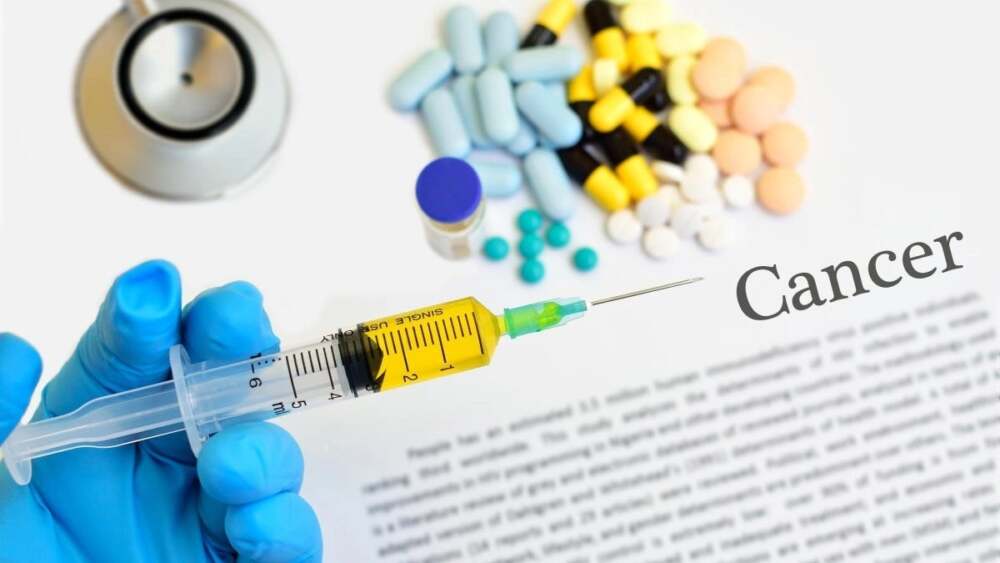

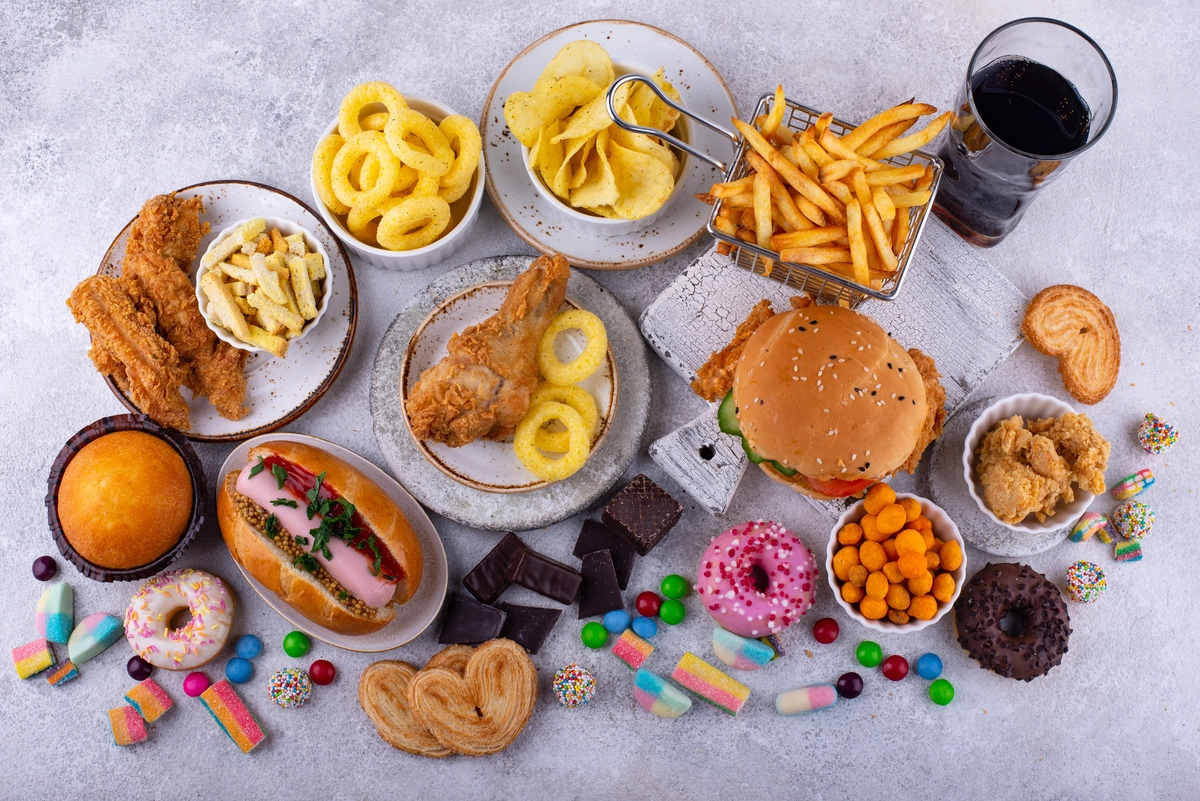
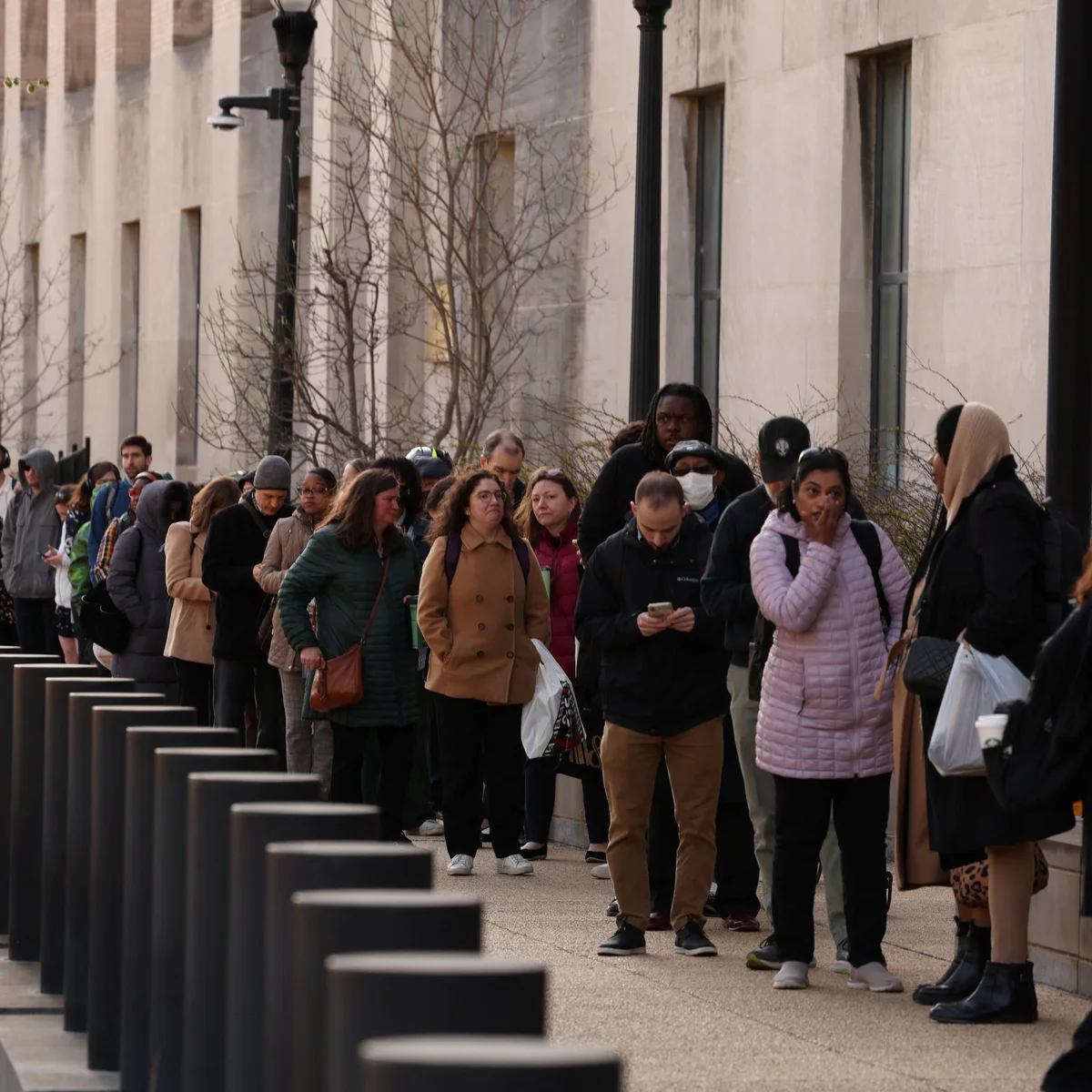

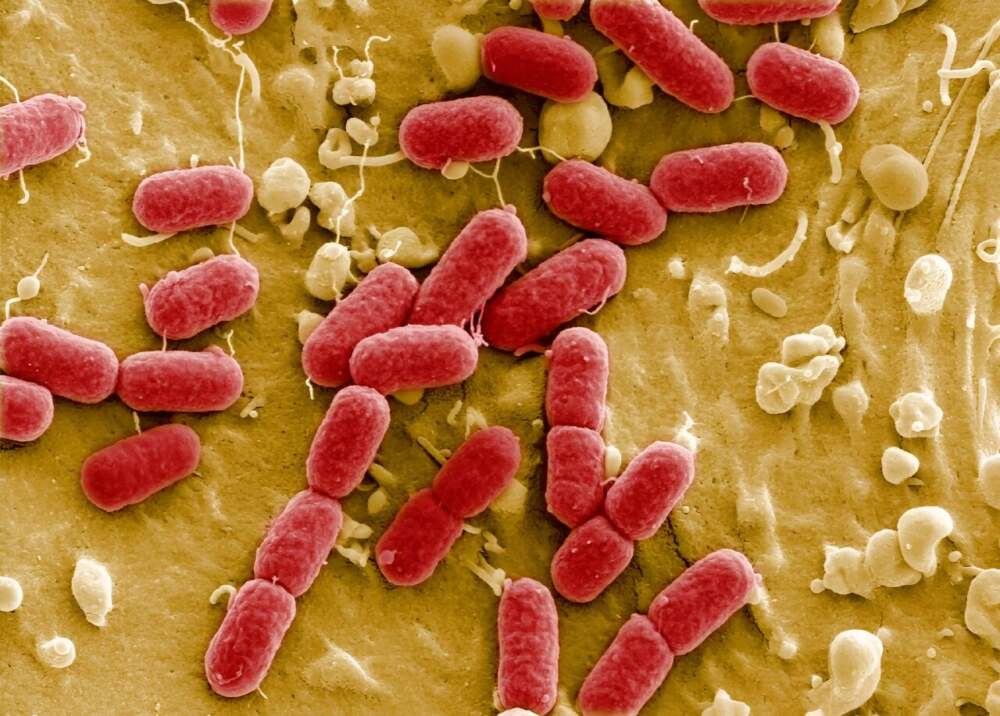
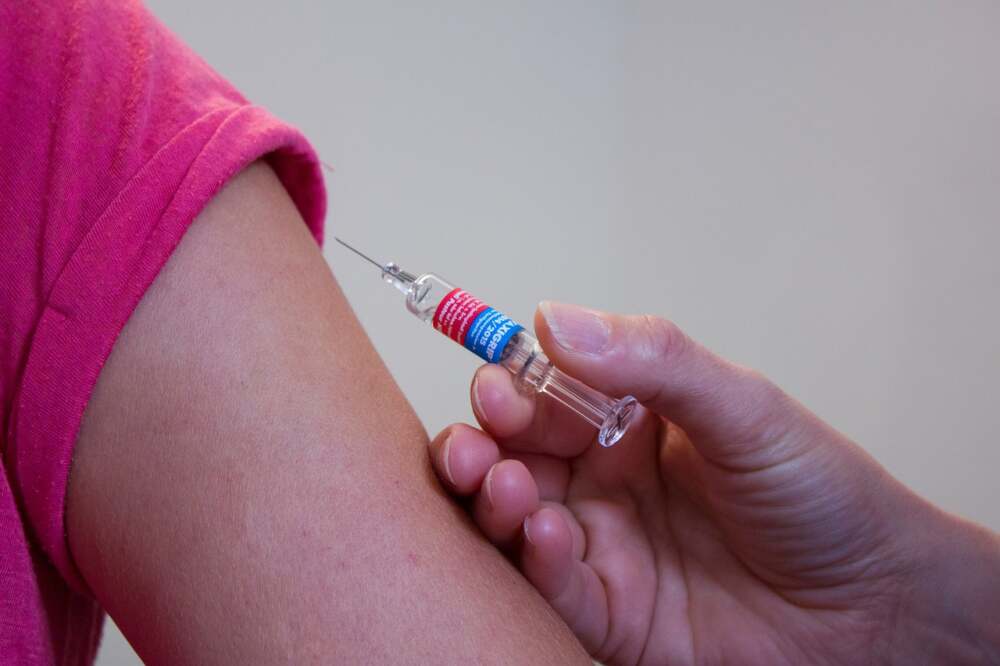
Leave a Reply